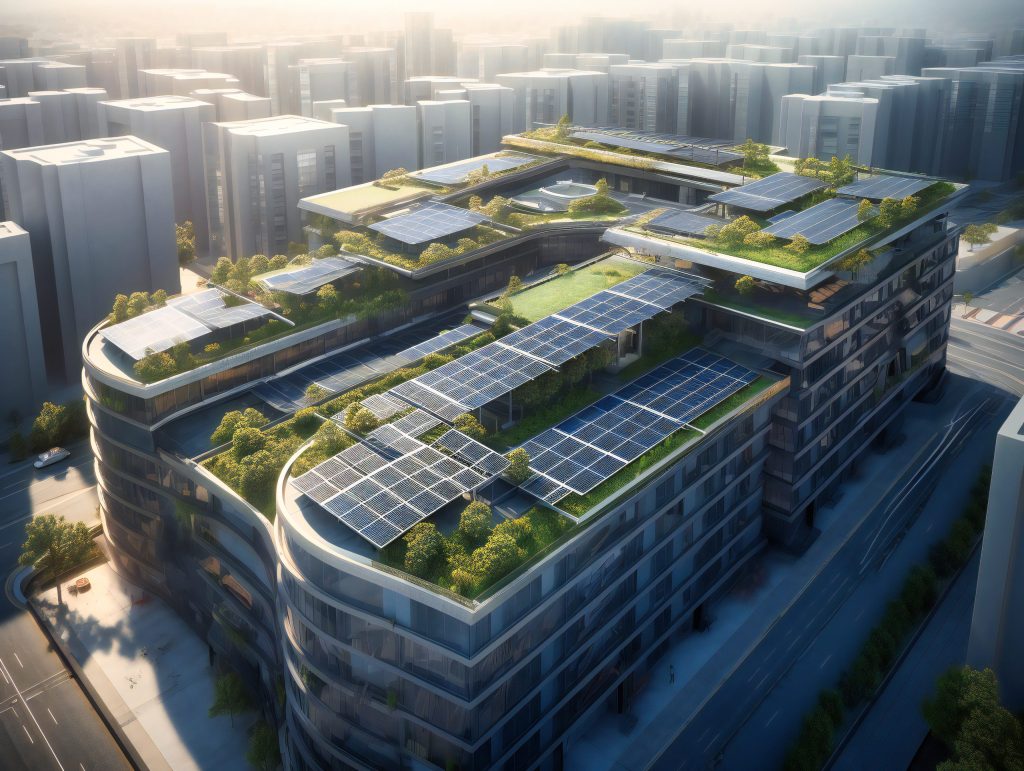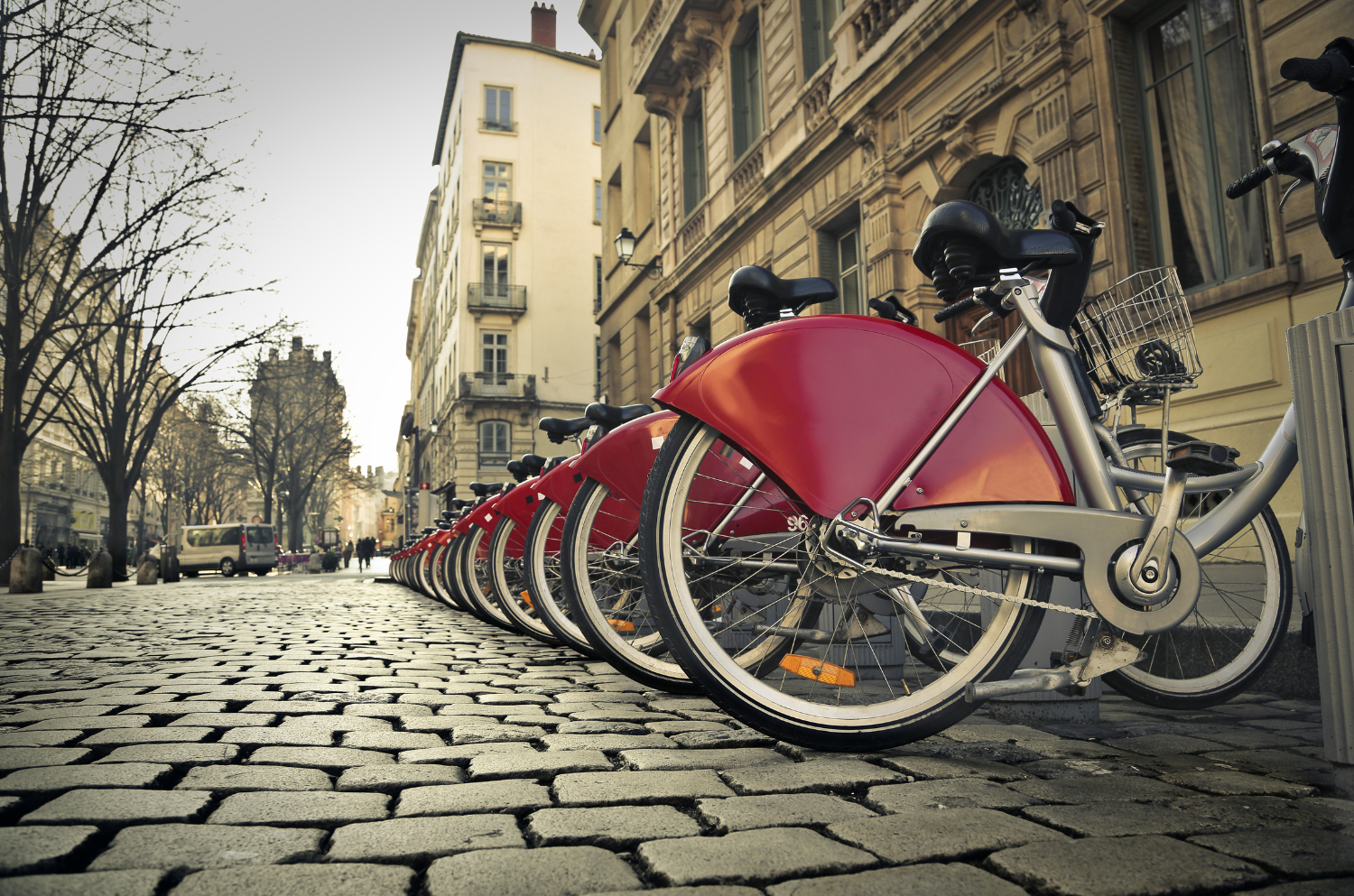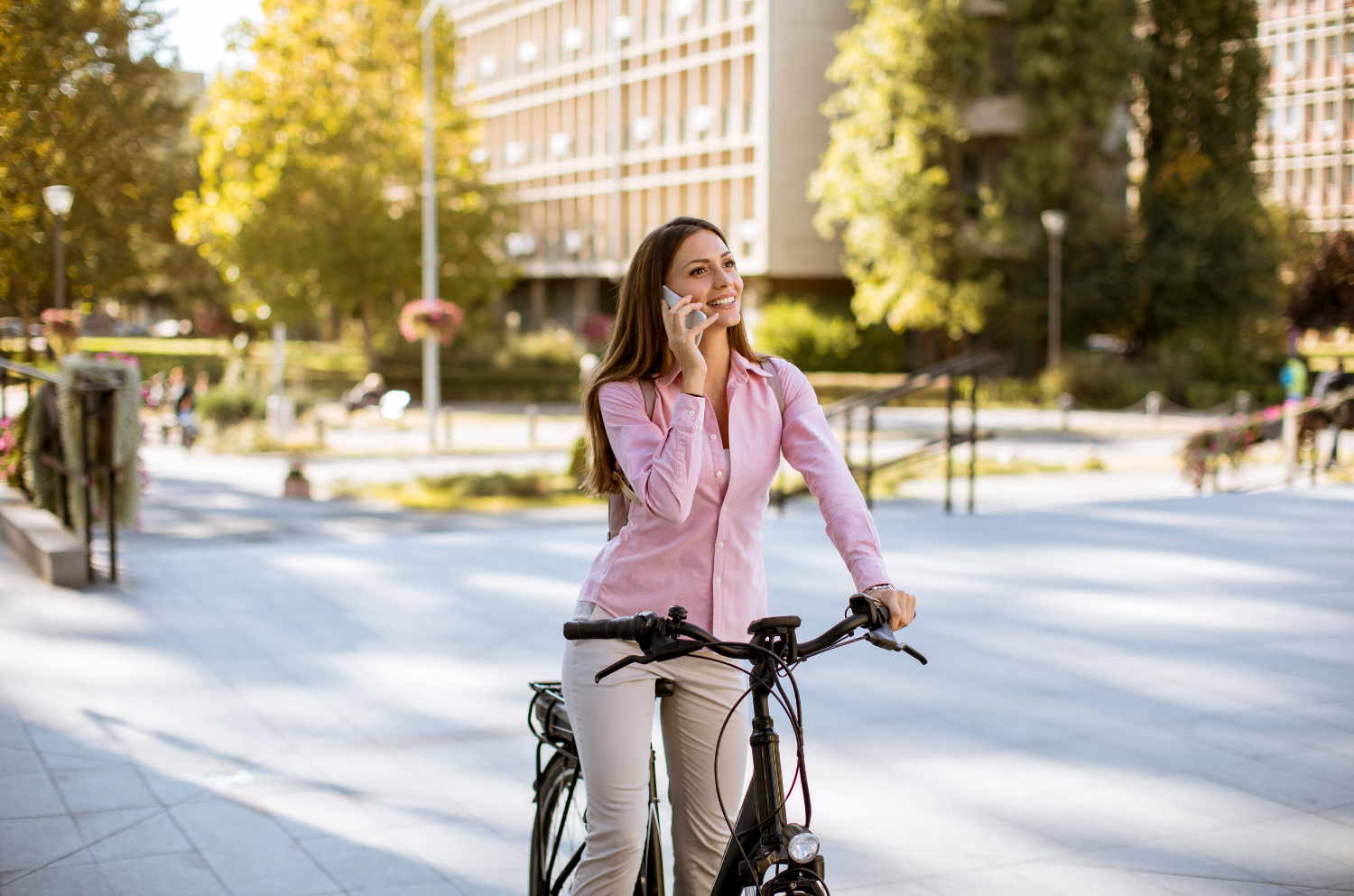The sustainability of buildings or construction is an approach to building based on seeking to reduce environmental impact throughout its life cycle. It is an integral approach in the field of design, building construction, and building operation.
Join us to learn more about this type of favorable construction in Spain and five examples of it.
Principles of the sustainability of buildings
This type of construction has a series of characteristics when undertaking it, which differentiate it from other types. Among these, we can highlight:
Reduction of environmental impact
Materials that reduce the degree of pollution in the environment are used. The waste generated is lower and expenses are reduced for both water and energy.
Durable and sustainably sourced materials that remain useful and favorable throughout their active life are usually chosen.
Energy efficiency
When building, a series of strategies are taken into account that can be very favorable. Among these, we highlight some that are mandatory, such as the orientation regarding the physical positioning of the building. Also, other aspects such as the installation of renewable energy systems.
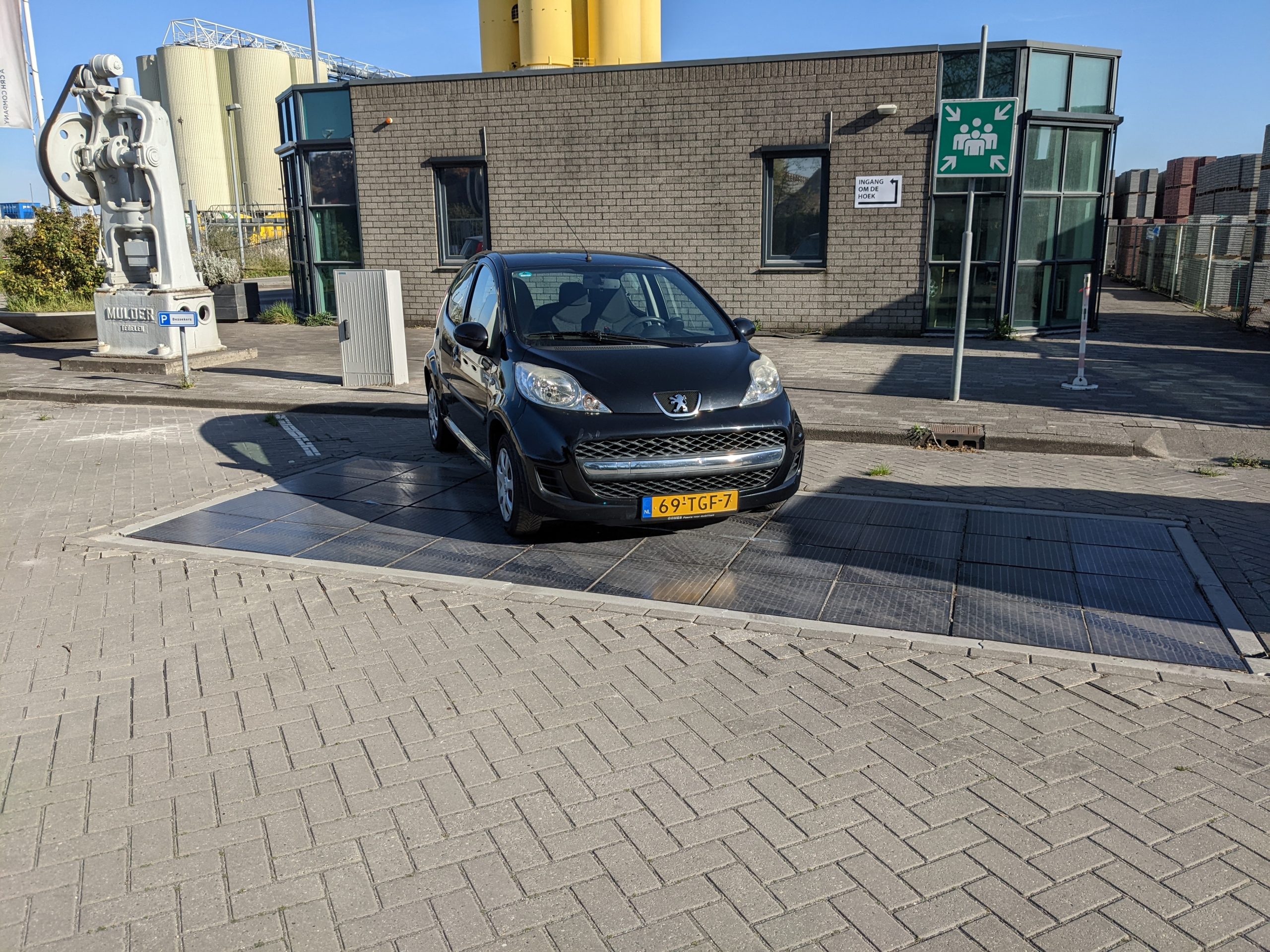
Comfort and health
A space is created that makes the safe and comfortable life of the building’s occupants possible. To achieve this, materials that are not toxic are chosen, natural lighting is taken into account, and air quality is controlled.
Social and economic dimension
The social and economic impact of the building is considered, promoting universal accessibility, social cohesion, and the creation of quality public spaces.
How to promote the sustainability of buildings
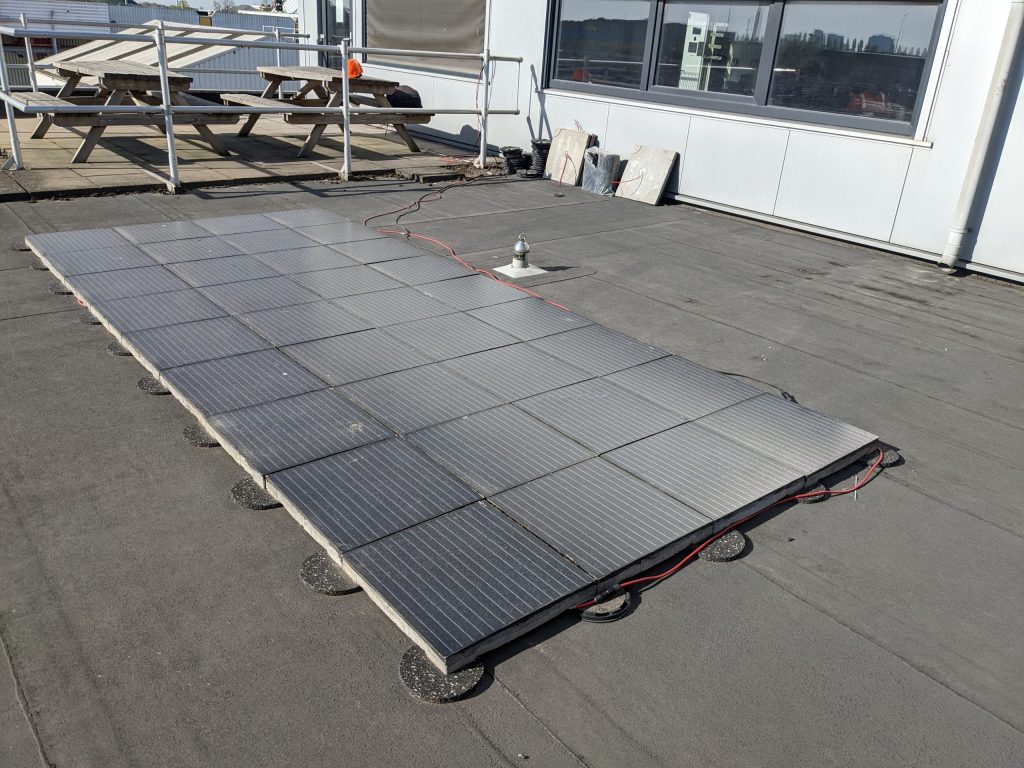
There are a series of guidelines to follow when considering the benefits of promoting sustainable construction. Among some of these dynamics, the following stand out:
Promotion of knowledge and collaboration
Firstly, it is essential that there is a link between construction companies, architects, engineers, public administrations… to create a favorable framework for collaboration and promote construction projects. All with a series of sustainable dynamics and in a joint manner. It is also important to invest in development, research, new technologies… as well as to promote the use of sustainable materials that reduce the negative impact on the environment. Promote examples of constructions in Spain whose main goal is sustainability. Share the achieved successes
Encourage demand and supply
It is necessary for there to be policies in society that encourage sustainable architecture. Subsidies, financial support, fiscal measures…
Building regulations must take into account minimum sustainability requirements. Promote measures that protect the environment, energy efficiency, materials that reduce the risk of pollution…
Sustainability is something that is learned, so it is necessary to encourage professionals in the construction industry to be aware of this issue. As well as informing citizens about it, to create in them a sense of commitment and responsibility towards the environment.
Digitize the construction sector
It is necessary to ensure that this sector does not promote the waste of materials, so it is very convenient to use digital tools for this purpose. Digital platforms that monitor the consumption of energy, water, and other resources. Use of BIM technology to optimize building design, construction, and operation. This will improve the efficiency in the building’s life cycle.
Adapt to climate change
Buildings must be designed to withstand climate change, a reality that has been with us for some time. Among the effects of this phenomenon, we find extreme temperatures, floods, droughts… Also, establish bioclimatic solutions, measures that take advantage of natural resources such as light or water. This way, it will be possible to avoid the extreme use of artificial resources such as air conditioning. Green infrastructures, introducing elements of these infrastructures For example, green roofs, green walls…
Examples of the sustainability of buildings in Spain
Iberdrola Tower
It is a 165-meter skyscraper located in Bilbao, specifically in Plaza Euskadi. It has 41 floors and since its construction in 2012, it has become a unique icon of the city, establishing Bilbao as a benchmark in modern and sustainable architecture. César Pelli was responsible for its construction. Torre Iberdrola. The tower is inspired by the glass obelisk. The Iberdrola tower is not only an architectural landmark, but it has also become a symbol of Bilbao’s commitment to sustainability. It holds the LEED Platinum certification, which recognizes its high level of energy efficiency and use of sustainable materials. The bioclimatic design, the use of high-efficiency materials, and the implementation of renewable energy systems significantly reduce the building’s energy consumption. Waste separation and recycling systems have been implemented to minimize environmental impact. It houses a avant-garde and functional space inside. We can find offices, restaurants, a gym, and a Corte Inglés.
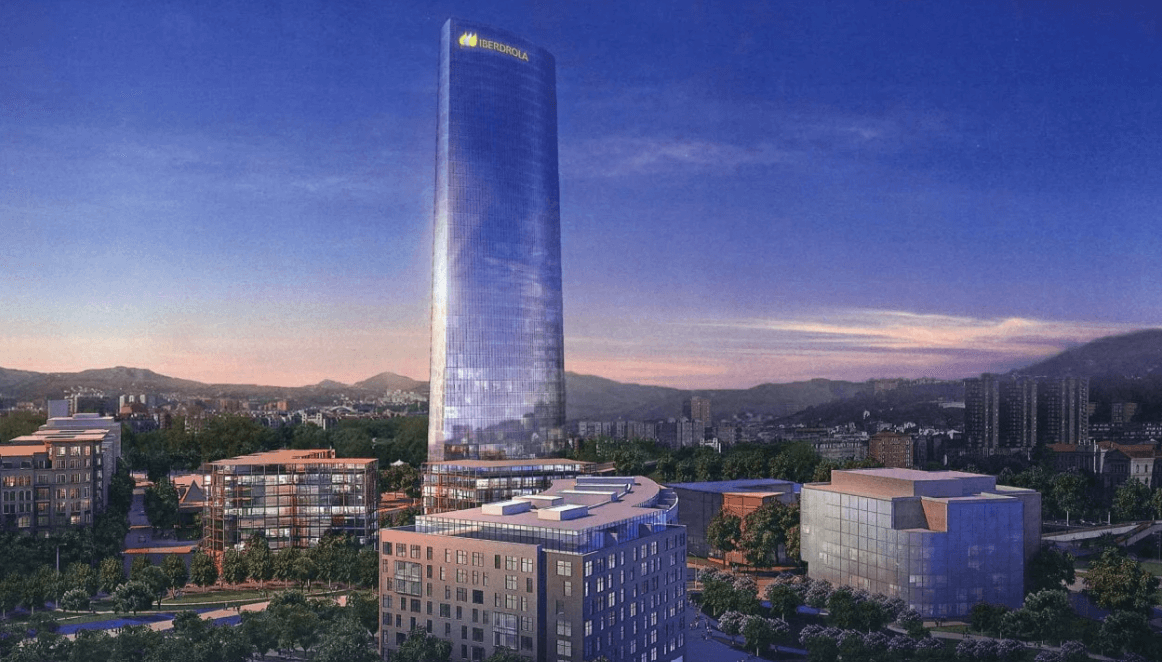
Offices of the consulting firm CBRE (Castellana 200 Building)
Located in Madrid, they are an example of innovative design and commitment to sustainability. Occupying the 8th and 9th floors of the building, the CBRE offices are characterized by a modern and functional design with open and bright spaces, common areas, and cutting-edge technology. Regarding the commitment to sustainability, it has LEED Platinum certification, energy efficiency, the use of sustainable materials, and indoor air quality. These offices have been recognized as some of the most efficient and sustainable in Spain.
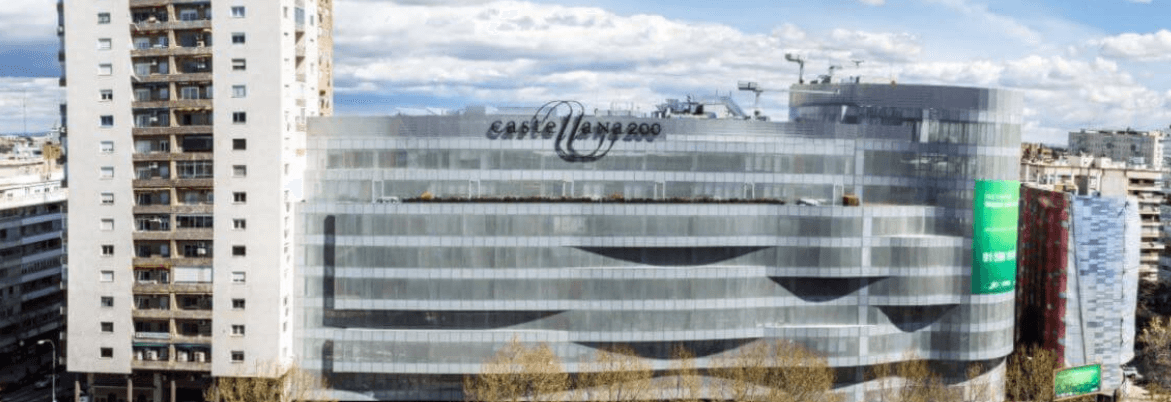
MIM Sitges Hotel
It is a superior 4-star boutique hotel, built in 2013 and awarded LEED Platinum certification for its commitment to sustainability. An oasis of tranquility and comfort, located in the heart of Sitges, just 50 meters from the beach. It is a building with an elegant and Mediterranean design. It offers rooms and suites, a terrace, a spa, a gym, a meeting room, a bar…
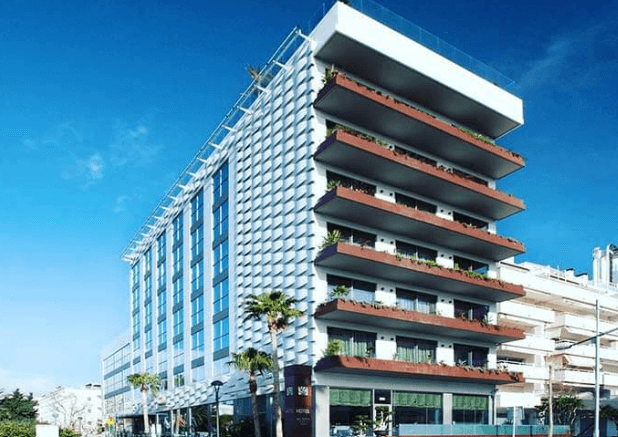
Palmas Altas Technological Park
A center for innovation and business development located in Seville, Spain. Designed by the prestigious architecture firm Rogers Stirk Harbour & Partners.. It features a sustainable and avant-garde design, which has been recognized with various awards, including the first LEED Platinum awarded in Europe. The park covers an area of 97,000 square meters and consists of seven buildings that house more than 70 companies and entities from various sectors, such as information technology, biotechnology, aeronautics, and energy. The Palmas Altas Technological Park is an ideal place for companies to develop their activities in an innovative, sustainable, and collaborative environment.
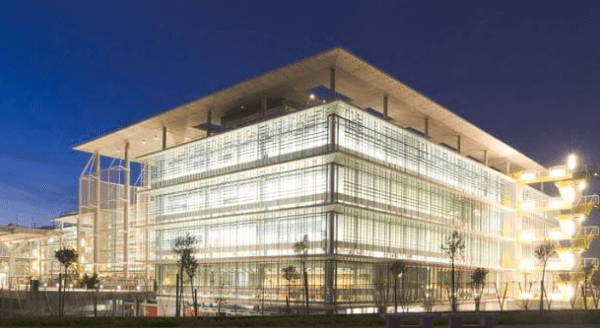
Alvento Business Park
The Alvento Business Park, located in Campo de las Naciones, Madrid, is an avant-garde and sustainable business complex that offers its occupants a modern, functional, and environmentally friendly environment.
Built in 2005 and designed by Ortiz León Arquitectos and Metrovacesa, the business park consists of two twin buildings of 16,800 m² each, which house a wide variety of companies from various sectors.
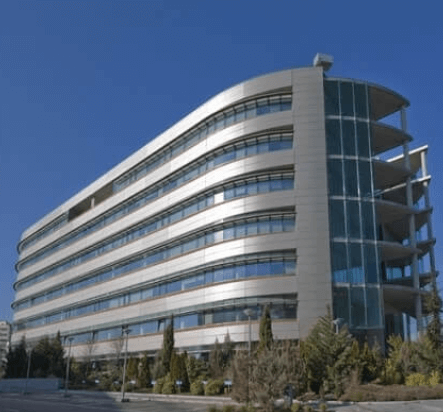
It is undeniable that construction and sustainability go hand in hand. From Solum We are committed to it and invite you to learn more about it with the latest news, visible on our website.






